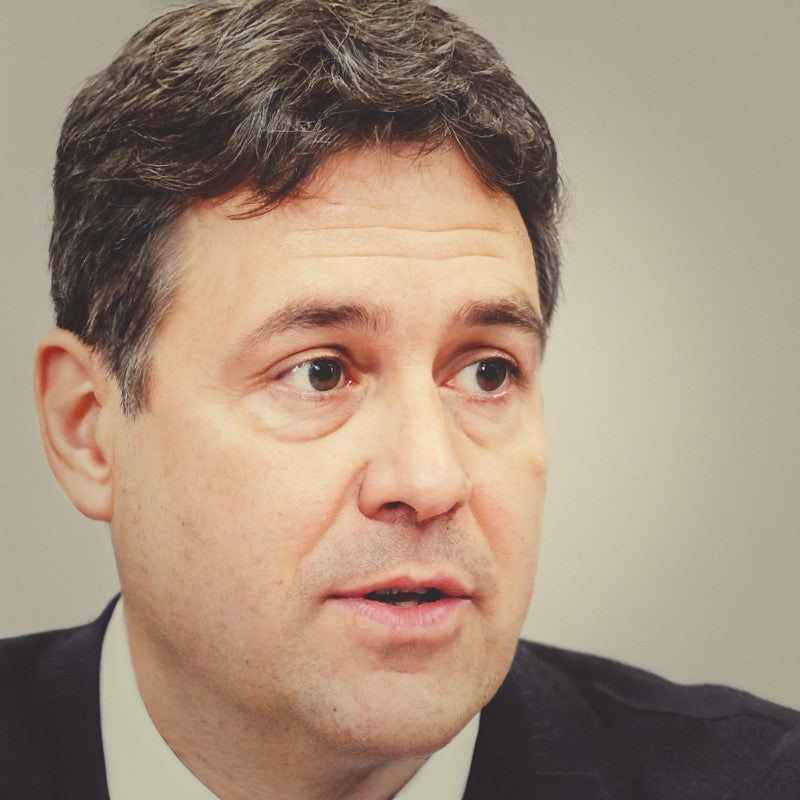When it comes to Civil Service applications, the 250-word statements often prove to be the most daunting part of the application process for many candidates.
These statements are your chance to showcase your abilities and experiences, but condensing your thoughts into just 250 words can be challenging.
However, with a thorough understanding of the behaviour in question and a solid structure to guide you, this perceived weakness can transform into a strength.
Related article - 5 Example Changing & Improving statements for Grade 6/7
What "Changing and Improving" Means at Grade 6 Level
At the Grade 6 level, the "Changing and Improving" behaviour is about demonstrating your ability to proactively identify areas for improvement, embrace change, and drive innovative solutions. It requires a strategic mindset and the capacity to influence and manage change effectively.
Expectations at this level include:
- Strategic Thinking: You are expected to understand the broader organizational goals and align improvements with these objectives.
- Leadership: At Grade 6, it's not just about identifying changes but leading and managing these changes, often involving complex projects or programs.
- Innovation: Bringing fresh ideas and creative solutions to the table is crucial. This could involve adopting new technologies, methodologies, or processes.
- Influence and Collaboration: You'll need to work across teams and departments, gaining buy-in and support for changes and improvements.
This is a step up from previous levels where the focus might have been more on supporting change rather than leading it. Now, you are expected to be at the forefront, driving the change agenda and ensuring it aligns with the strategic priorities of the organization.
Statement Structure: Using the B-STAR Technique
To effectively communicate your competency in "Changing and Improving" at the Grade 6 level, the B-STAR technique (Belief, Situation, Task, Action, Result) can be incredibly useful. This structured approach ensures your statement is clear, concise, and impactful.
-
Belief: Start by outlining your fundamental belief about change and improvement. This sets the stage for your reader to understand your mindset and approach. For example, you might believe that continuous improvement is essential for organizational growth and efficiency.
-
Situation: Next, describe a specific situation where you identified a need for change or improvement. Be concise but provide enough context to understand the scenario.
-
Task: Outline your specific role or task within that situation. What were you responsible for? This helps to clarify your level of involvement and the scope of your responsibilities.
-
Action: Describe the actions you took to address the situation. This should highlight your strategic thinking, leadership, and innovative approaches. Be sure to include any collaboration or influence you exercised.
-
Result: Finally, detail the outcomes of your actions. What improvements were made? How did these changes benefit the organization? Quantify the results if possible to demonstrate the impact of your work.
With a clear understanding of what "Changing and Improving" entails at the Grade 6 level and a structured approach like B-STAR, you can craft a compelling 250-word statement that showcases your abilities effectively.
 Check out 50 example statements from all 9 key behaviours
Check out 50 example statements from all 9 key behaviours
To illustrate this approach, consider the following example statement:
Changing & Improving 250 Word Statement Example
I strongly believe in embracing change and fostering an environment that encourages innovation, in my career, I have consistently sought opportunities to enhance my skills in change management and have actively promoted a culture where creative solutions are valued and implemented.
While leading a team in a previous role, we faced declining efficiency due to outdated processes. This issue was impacting our ability to meet performance indicators and stakeholder expectations.
My responsibility was to identify the root causes of inefficiency, propose innovative solutions, and implement changes that would enhance our performance.
I began by conducting a review of our existing processes, gathering feedback from team members and stakeholders to understand their pain-points and suggestions. I organised brainstorming sessions to encourage team members to share their ideas. Recognising the importance of a diverse range of perspectives, I ensured that all voices were heard and considered. After evaluating the suggestions, I proposed a series of changes, including the integration of new technology to automate repetitive tasks. I also established a feedback loop to monitor the impact of these changes and make adjustments as needed. Throughout the process, I maintained open communication with senior management, providing constructive challenges and clear articulation of the benefits these changes would bring to the business.
The implementation of these changes led to a 30% increase in efficiency and significantly improved team morale. The automation of repetitive tasks freed up time for more strategic activities, and the inclusive approach to idea generation fostered a culture of continuous improvement.


